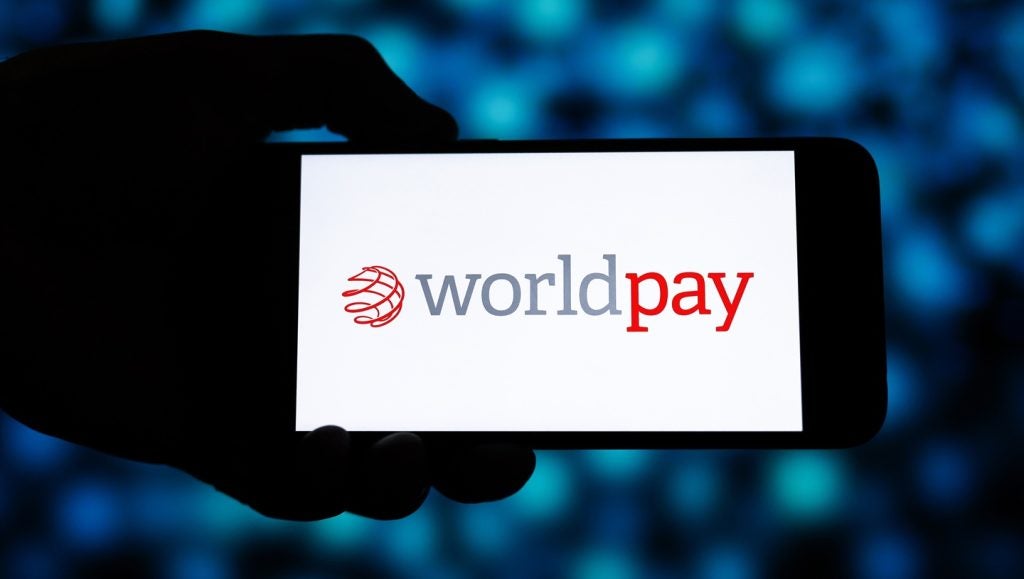Growth in cards and payments in India continues to be driven by the large unbanked population, estimated to be 43.8% in 2012. The Reserve Bank of India has been behind regulatory changes aimed at financial inclusion and the issuing of prepaid cards to those without bank accounts, encouraging further growth, CI writes
The Indian cards and payments industry registered significant growth during the review period (2008-2012). The card payments channel grew at a CAGR of 27.05%, to reach 456.8m cards in circulation by the end of 2012. In value terms, the card payments channel was valued at INR19.4trn (US$363bn) in 2012. Changing lifestyle demographics, increased popularity of online shopping and higher disposable income per capita supported the growth of cards in circulation.

Access deeper industry intelligence
Experience unmatched clarity with a single platform that combines unique data, AI, and human expertise.
Growth in payments infrastructure supported increased levels of card use
Many Indian banks expanded their networks of automated teller machines (ATMs) during the review period. Part of this expansion involved installing point-of-sale (POS) terminals that accept both debit and credit card payments. Nationally, these terminals registered a CAGR of 17.21% during the review period, increasing from 448,000 terminals in 2008 to 845,653 in 2012. The number of ATMs installed increased at a review-period CAGR of 27.13%, from 43,651 in 2008 to 114,014 in 2012.
Companies adopting aggressive marketing and competitive pricing strategies
With high competition in the Indian cards and payments industry, banks and issuers are developing marketing and pricing strategies to attract larger customer bases. Offers such as cashback, discounts for retail outlets, buy-one-get-one-free schemes, rewards points, increased daily limits for cash withdrawals and insurance cover are some of the most common strategies that banks are utilising. To increase card usage, the Reserve Bank of India capped the Merchant Discount Rate (MDR) for debit card transactions at 0.75% for any transaction below INR2,000, and 1% for any transaction above INR2,000 in June 2012 from the earlier MDR charges of 1-2.5%.

US Tariffs are shifting - will you react or anticipate?
Don’t let policy changes catch you off guard. Stay proactive with real-time data and expert analysis.
By GlobalDataBanks are segmenting their customers to maximise expansion in each card category. Banks are expected to focus more on female customers, an important customer base which typically manages monthly family budgets and expenses in India. Banks such as ICICI Bank, HDFC Bank and IDBI Bank launched debit cards targeting Indian women, while State Bank of India and Axis Bank has launched debit cards for the 18-30-year-old demographic. American Express offers credit cards that are designed to meet the specific needs of corporate customers.
India is the fourth-largest country in terms of the number of resident high net worth individuals (HNWIs). By the end of December 2012, the country had 290,552 HNWIs, and this number is projected to reach 547,893 by 2016. To capitalise on this growing niche segment, banks and card issuers are making a significant effort to target this group as HNWIs traditionally show a greater willingness to use non-cash payment methods such as credit, debit and prepaid cards.
Anticipated regulations to change industry dynamics
Reserve Bank of India established a set of operating guidelines for the issuance of credit, prepaid and debit cards in India under the Payment Systems and Settlements (PSS) Act of 2007. Revised PSS Regulations in 2008 detailed the requirements that must be met for the authorization of payment systems, instructions on payment types and a framework for determining standards. According to these measures, banks need not seek permission from Reserve Bank of India before launching any new card. However, these institutions must consult with Reserve Bank of India if they issue offline debit cards.
Reserve Bank of India has also undertaken several measures to increase financial inclusion, such as facilitating no-frills accounts, general credit cards (GCCs) and Kisan credit cards (KCCs) for small deposits and credit.
Unbanked population driving the growth of prepaid cards
According to 2012 Reserve Bank of India estimates, around 43.8% of the Indian population remains unbanked, and rely heavily on cash transactions. The total unbanked population, registered cash transactions worth INR46.5trn in 2012. Reserve Bank of India regulations relating to financial inclusion mean that banks are presented with a significant opportunity to target and market prepaid card products, especially in rural areas.
Shift away from cash-based transactions
India is the world’s second-most-populous country, with a population that reached 1.2bn by the end of December 2012. Overall, 43.8%of the population remains unbanked, and the country’s payment systems are relatively underdeveloped.
Reserve Bank of India has undertaken various initiatives to increase financial inclusion and extend banking operations to unbanked regions. Prepaid cards have been issued to people without bank accounts, for instance, and are therefore anticipated to post the largest levels of growth over the forecast period.
Cards targeting specific consumer groups to register growth
The proportion of female population in the country reached to 48.1% of the overall population by the end of December 2012. Due to its significant proportion, banks have started targeting this segment with a range of female-centric financial service offerings.
In developed economies, many banks are attempting to capitalise on this demographic by offering a range of retail banking services with a strong gender emphasis. A similar trend is expected in India over the forecast period as financial institutions offer cards targeting females. Leading private banks such as HDFC Bank and Citibank have started offering credit cards for Indian women.
Domestic payment scheme RuPay to compete with Visa and MasterCard
In March 2012, the National Payment Corporation of India (NPCI) launched RuPay, India’s own card payment network. Established at the request of RBI, RuPay aims to compete with existing global network providers such as Visa and MasterCard. As a part of this initiative, leading public sector banks such as State Bank of India (SBI), Bank of Baroda, Bank of India and Union Bank of India launched the first set of RuPay debit cards in 2012. It is expected to break Visa and MasterCard’s stronghold on the domestic market and also lead to a reduction in processing fees charged by these operators.
As the processing fee for RuPay is 40% lower than its competitors, it is expected to gain a significant share of the domestic market; through being more affordable, it becomes viable for small retailers to accept cards as a payment option, further incentivising the adoption of cards.







